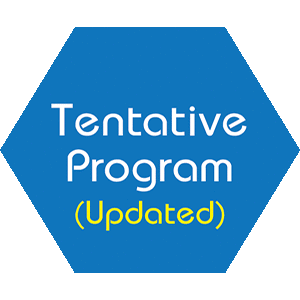
Sandeep Inchanalkar
Life Line Trauma, Brain and Spine Centre, India
Title: Management of head injury in a neurosurgical unit in India
Biography
Biography: Sandeep Inchanalkar
Abstract
Approximately, one million patients present to hospital each year having suffered a head injury. The majority of these patients have minor (GCS 13-15) or moderate injuries (GCS 9-12) and approximately half or less than 16 years. Old males are 2-3 times more likely to have a head injury than females. Head injury is associated with tremendous mortality and morbidity. The head injuries are classified according to the nature of insult (penetrating or blunt) concomitant injuries (isolated or multiple traumas) and the timing (primary or secondary). The Glasgow coma scale (GCS) remains the most commonly used method of assessing the severity of the head injury. Pathophysiologically, it can be cerebral contusions, diffuse axonal injury, subarachnoid hemorrhage, fracture and epidural and subdural hematomas. The five key principles that should guide the management of the head injury patients in ICU are norm tension, normoxia, normocapnia, normothermia and normoglycemia, management involves medical and surgical treatment. Medical management includes positioning, sedation ventilation, ABG management, mannitol (ICP reduction agents), sugar control, temperature regulation and good nursing care. Surgical management includes CSF drainage, craniotomy, lobectomy decompression, etc. Head injury is not a static event that occurs at time zero and recovers to normal at defined later time point. It is a dynamic process that changes over days, weeks and months after the event and outcome cannot be assessed at least 6 months after the head injury. Management of head injury needs a disciplined and team approach for better outcome.

